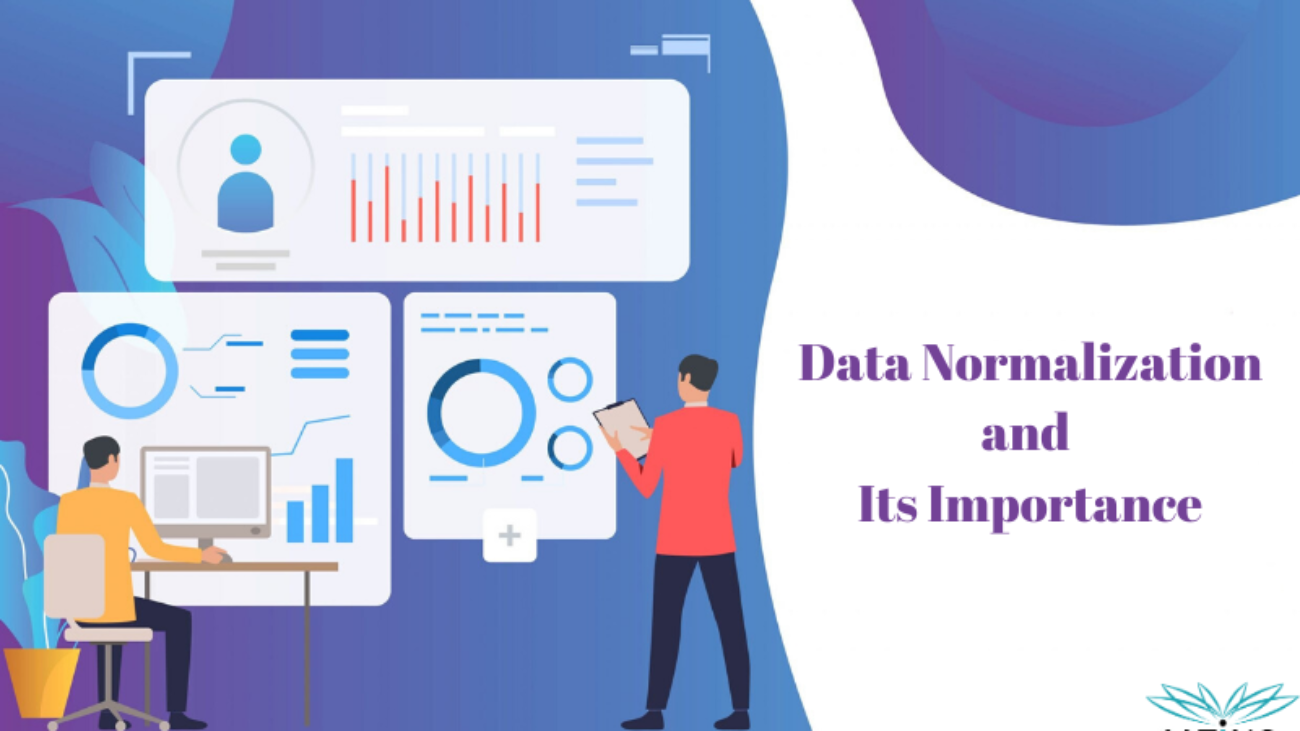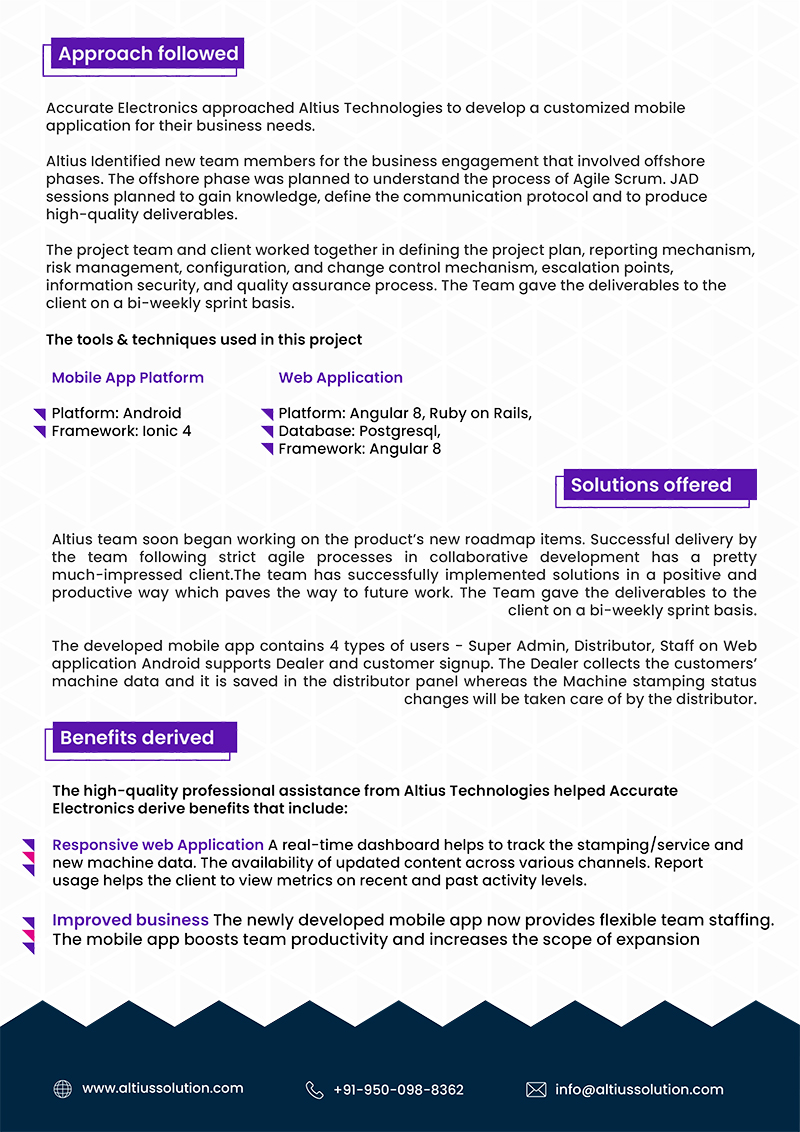
Everyone knows the importance of good product photos on your website, but when it comes to buying decision, words become will equally important in giving context to your images and pushing customers to buy. Here the role of product description comes in. A well written product description has the power to move your customers through your sales funnel. The product description helps fill in the gaps to determine whether or not the product is the right fit for the customer.
What is a Product Description?
A product description is a copy that describes the features and benefits of a product to a customer. The goal of the product description is to provide the customer with enough information to compel them to buy the product immediately. Product description helps in educating customer, on the key benefits, unique value of the product and helps to increase your sales and build customer trust.
Many websites need product description along with product image. Some need only main points of description and some website may convert with no copy at all. There are several factors as to why the product description didn’t help in conversions. it’s possible they weren’t written correctly for the audience, they were placed in a less visible area or were written in wrong format.
Why you need a Product Description?
Product descriptions help improve your search engine (SE) ranking. Optimizing your product description with specific keywords help improve your ranking position on Google. Product description educates your customer on the product, by offering information on the product that the picture can’t do on its own. For example, by looking at a laptop picture, you wouldn’t buy it. As a shopper, you want to know the features and technical specification of a laptop. By providing customers with key product information, you try to build customer service inquiries. It helps the customer to know whether that product is good for them or not.
Tips for Product Description that sells:
#1. Informative content :
To make purchasing decisions, people need information. An important reason, consumer visit product pages are to learn more about product features. Excellent product description can help people find exactly what they are looking for. The best product description writing focuses on :
- What is the product?
- Who is it designed for?
- Why do customers need it?
- How can people use it?
Just to woo customers, fancy language can’t compete with real information.
Example :
Dewalt product description has a lot of helpful information in a compact paragraph. Dewalt explains exactly why you would want to buy this drill. It is compact and lightweight. It has a long-lasting battery and offers excellent performance. In less than 30 seconds, the shopper has a good idea of this product. Tabs are best for providing a lot of information without cluttering up the screen.
#2. Simple and clear Product Description :
Customers like simple, clear and to the point content. For instance, product like sweat shirt doesn’t need multiple paragraphs to be written on it. Some product pages work wonders with single worded phrases.
Example :
customer who want to buy coat “complete storm protection”. These words are easy to understand and express the clear concept. Adventure lovers discover the jacket of their dreams in one sentence. If consumer decide to look for more information, what they know is just as clear as the main description.
See Nike shoe product description. “Cushioned, comfort, customized”. Run the streets in Nike. We got all the basic features and necessary info put in just one sentence.
#3. Know your target audience :
While writing product description you should be able to define which features would be of most interest to your potential buyers. This begins with understanding your “buyer’s persona”. Your buyer persona will help you understand which features will be most valuable to your customer. While writing your product description , certain questions you should keep in mind :
- How did this person arrive to your page ?
- What are his/her interest ?
- What features or benefits would interest this person more ?
With the help of these questions you will be able to write a better product description that sells.
Example :
The natural Himalayan salt lamp – light color.
Description : natural shaped Himalayan salt lamp made of 100% pure Himalayan salt rock. A gorgeous addition to naturally ionize and refresh your space. It purifies the air of your environment reducing dust and allergens from the air. May help in curing symptoms of allergies, asthma and headaches.
Here the buyer persona is interested in all natural remedies for the home , especially to allergies. The potential buyer would be interested in learning about these remedies rather than focus on decorative feature of the lamp.
#4. Focus on product benefits :
As an e-store owner , you would like to show that your product has best quality and the most unique features. Most of the customers want to know- how a particular product can benefit them. A product benefit tells how the product helps in increasing the standard of living of the customers.
Example : The natural Himalayan salt lamp.
Description : natural shaped Himalayan salt lamp made of 100% pure Himalayan salt rock. A gorgeous addition to naturally ionize and refresh your space. It purifies the air of your environment reducing dust and allergens from the air. May help in curing symptoms of allergies, asthma and headaches.
The product benefit includes purification of the environment, by reducing allergens from the air. They clearly outline the benefits of the product rather than focusing on the decorative feature of the lamp. Translating features into benefits like this will be a better product description that sells.
#5. Optimize search engine :
Search engine optimization (SEO) is the easiest way to attract new customers to your page. It’s true that high-quality content does wonders for search engine rankings. Optimization begins with keywords which are usually the search term that buyers use to find the product.
Example : “women black dress pants” , is a keyword that could easily be optimized in your online store. With a quick search for women’s black dress pant, you will see results include some variations of the keyword. When we click on one of the listings on the first page , we can see how Google uses this keyword on their site to appear in the search result. For best SEO results place your keywords in your
- Page titles.
- Meta descriptions.
- Image tags.
- Product descriptions.
This will be your product easily searchable for those who are browsing for your product.
#6. Use good product images :
Even if master product description writing, you must still have quality images to go with it. As pictures say more than words, no product description is complete without one or more pictures. Before reading a single word, seeing the image the target customer already feels connected with the product.
Example : Veta mix , a brand that sells grade blenders uses quality images and videos on its product page to help make the sale. You will also notice that they list the benefits within very short product description. By showing what blender is capable of in technicality and look wise the customer starts imagining of having this blender at home.
Pull up :
The main aim is that your product description shouldn’t push your product so much as it will ignore the main points about why it will improve your standard of life. Keep your product description simple and easily understandable. It should be customer engaging and answer the queries of the visitors. Create a product description that moves people to action.



